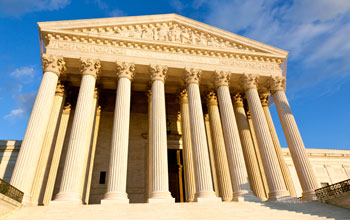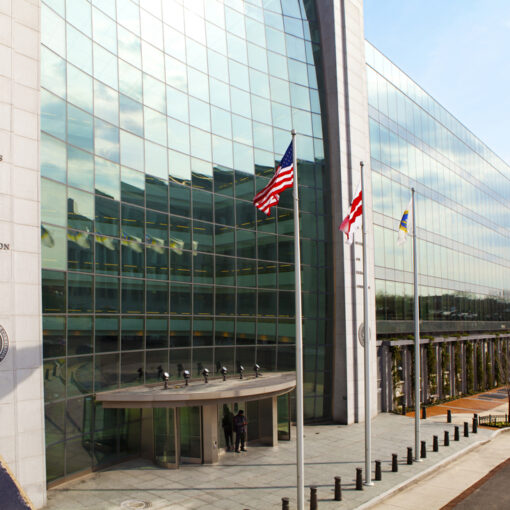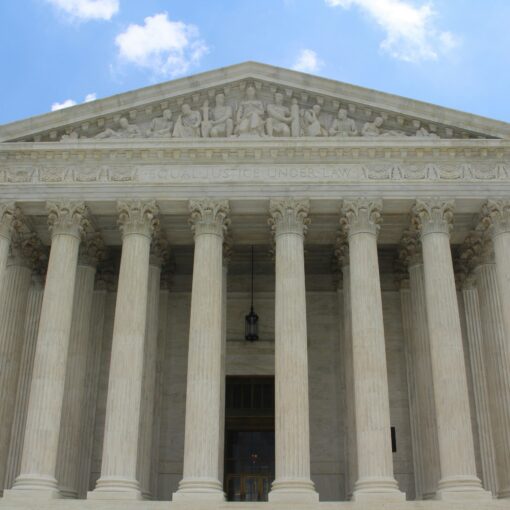by Michael B. Gerrard
Director, Center for Climate Change Law
Here is my instant analysis of the decision (PDF) just issued by the Supreme Court in American Electric Power v. Connecticut, the case in which several states and others sought a court order requiring several large electric utilities to reduce their greenhouse gas emissions because they were a public nuisance.
The 8-0 decision by Justice Ginsburg dismissing the lawsuit is based entirely on displacement of federal common law by the Clean Air Act. The Court found that Congress had entrusted EPA in the first instance to decide how GHGs should be regulated, and it’s not for the federal courts to issue their own rules.
I think this is the most intriguing paragraph in the opinion:
“The petitioners contend that the federal courts lack authority to adjudicate this case. Four members of the Court would hold that at least some plaintiffs have Article III standing under Massachusetts, which permitted a State to challenge EPA’s refusal to regulate greenhouse gas emissions; and further, that no other threshold obstacle bars review. Four members of the court, adhering to a dissenting opinion in Massachusetts, or regarding that decision as distinguishable, would hold that none of the plaintiffs have Article III standing. We therefore affirm, by an equally divided Court, the Second Circuit’s exercise of jurisdiction and proceed to the merits.”
Though unnamed in the opinion, clearly the four justices who find standing, and no other obstacles to review, are Ginsburg, Breyer, Kagan and Kennedy. The four who disagree are Roberts, Scalia, Thomas and Alito. (Thomas and Alito filed a concurrence casting doubt on Massachusetts; it’s interesting that neither Roberts nor Scalia joined.) The Ginsburg group thus apparently rejects the political question defense as well as the standing argument. Sotomayor was recused from this case because she was on the Second Circuit panel in the AEP case; should another case come up on which she wasn’t recused, there would apparently be a 5-4 majority to allow climate change nuisance litigation, but for the Clean Air Act displacement.
On the other hand, I read the above-quoted paragraph (when considered in conjunction with Massachusetts) to say that Justice Kennedy may believe that only states would have standing. Thus there might be a 5-4 majority against any kinds of GHG nuisance claims (and maybe other kinds of GHG claims) by non-states.
The Court explicitly did not decide whether the Clean Air Act preempts state public nuisance litigation over GHGs. Thus some plaintiff group will probably press state common law claims, perhaps on the remand in AEP v. Connecticut.
Since the opinion was based entirely on displacement by Congressional designation of EPA as the decision-maker on GHG regulation, if Congress takes away EPA’s authority to regulate GHGs but does not explicitly bar federal common law nuisance claims, these cases will come back.
A link to the decision is below:
https://www.supremecourt.gov/opinions/10pdf/10-174.pdf
I will be moderating a debate on the subject, “A Climate Change Debate: The Future of Climate Change Litigation After the Supreme Court Acts (Again),” at the New York City Bar Association on Thursday, June 30, 6 pm to 8 pm. Below is a link to further details about that event:
https://www2.nycbar.org/EventsCalendar/show_event_new.php?eventid=1703
Associate Director and Fellow, Center for Climate Change Law




